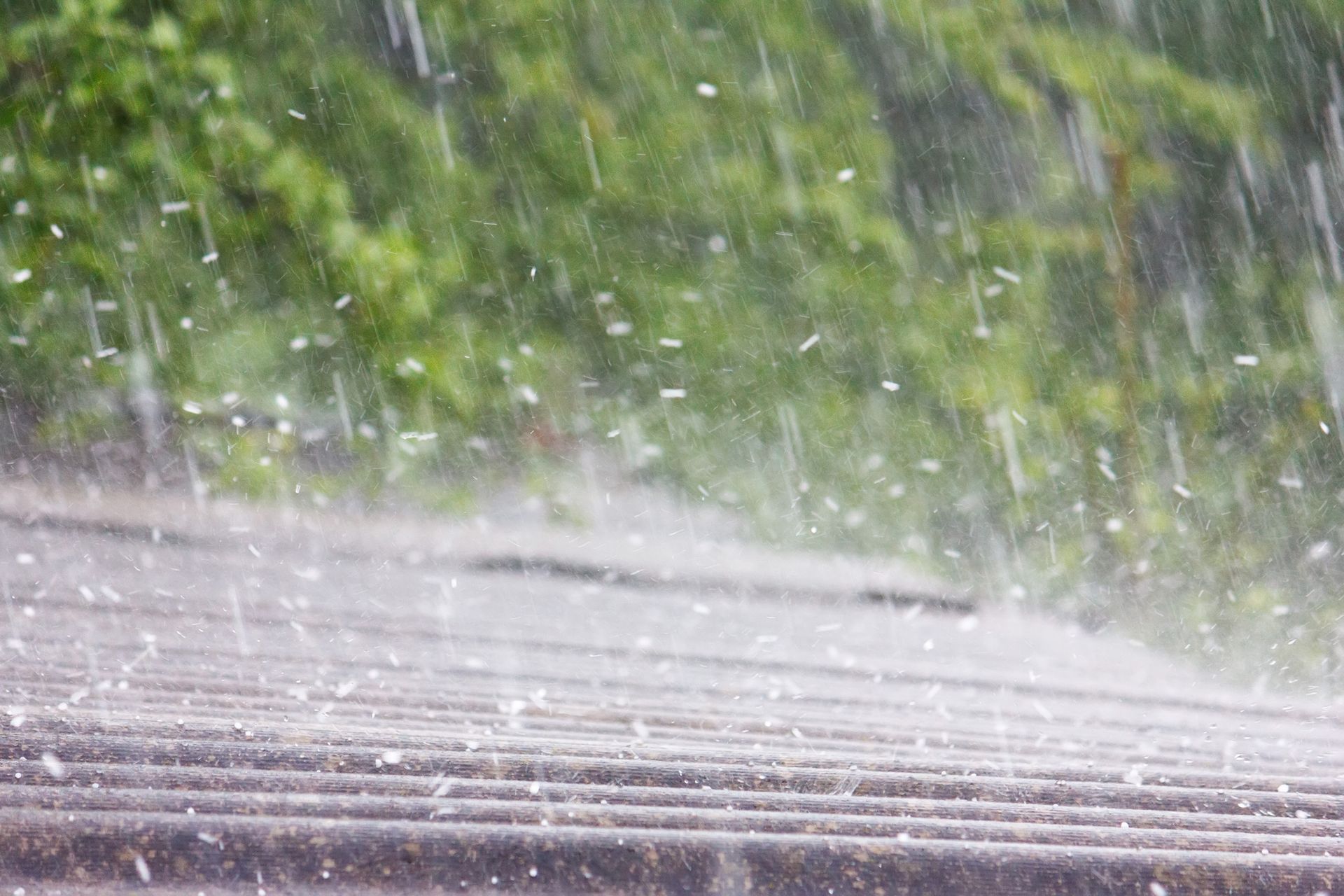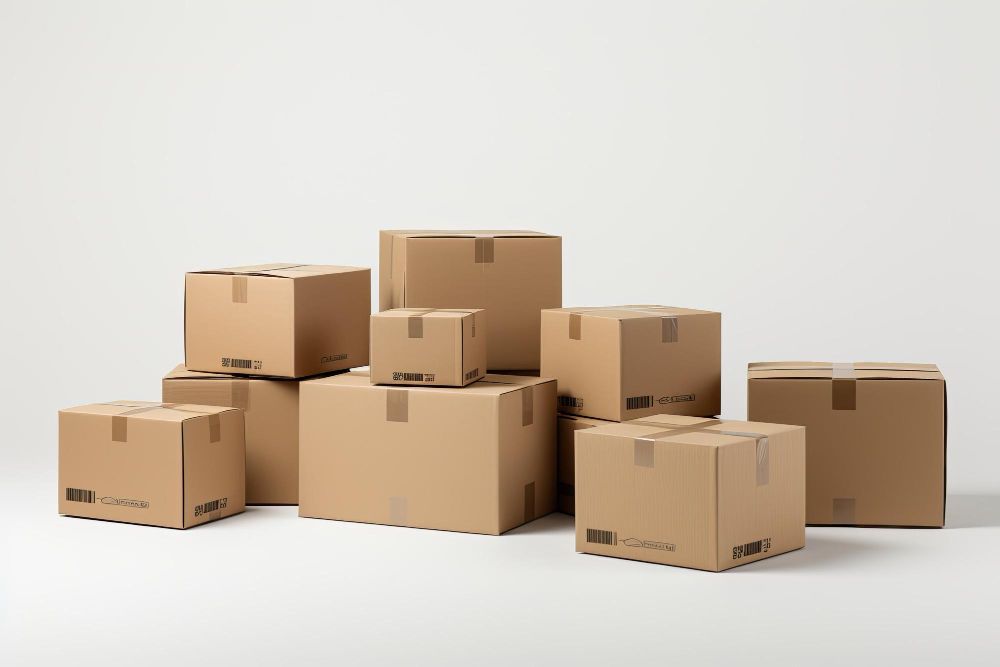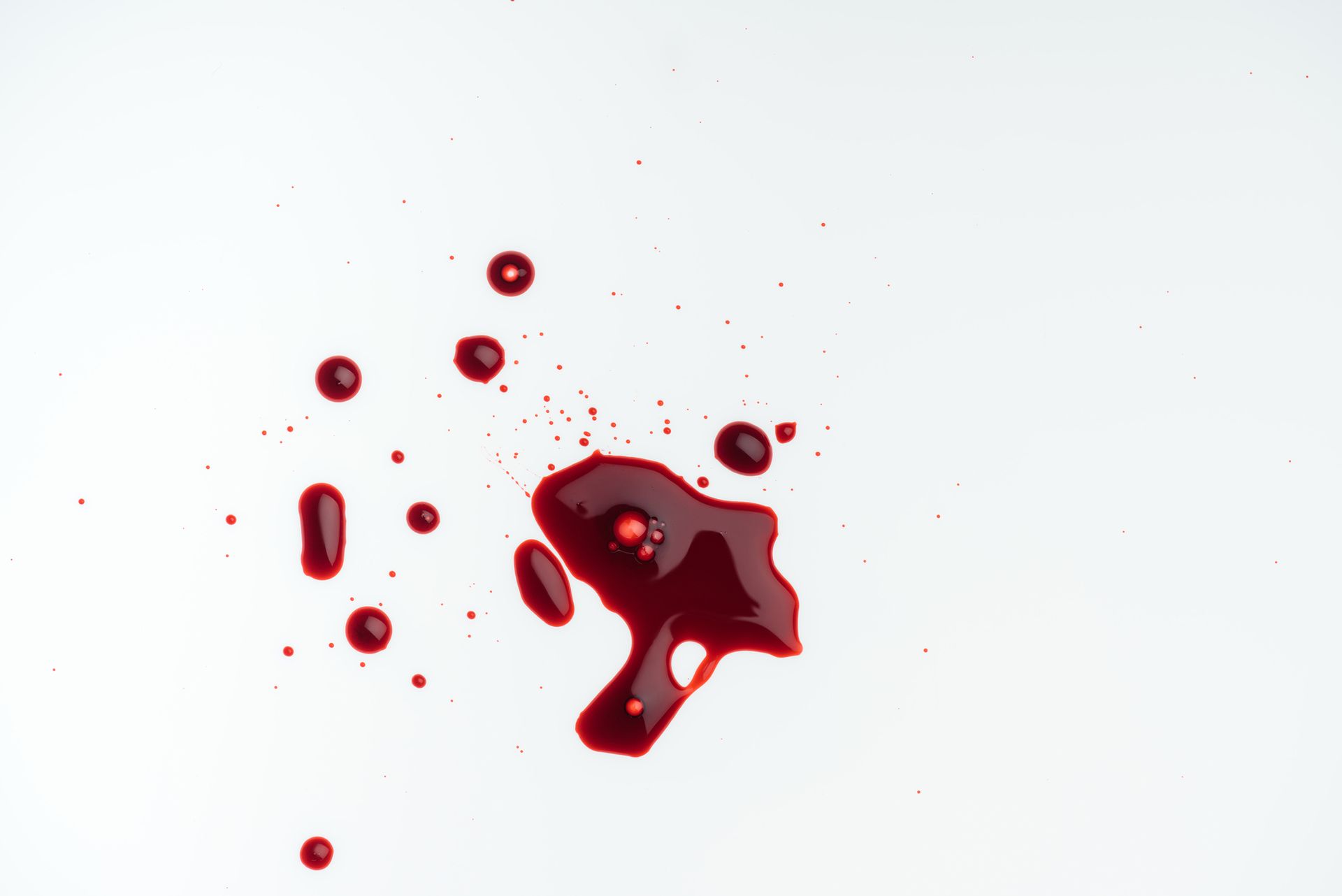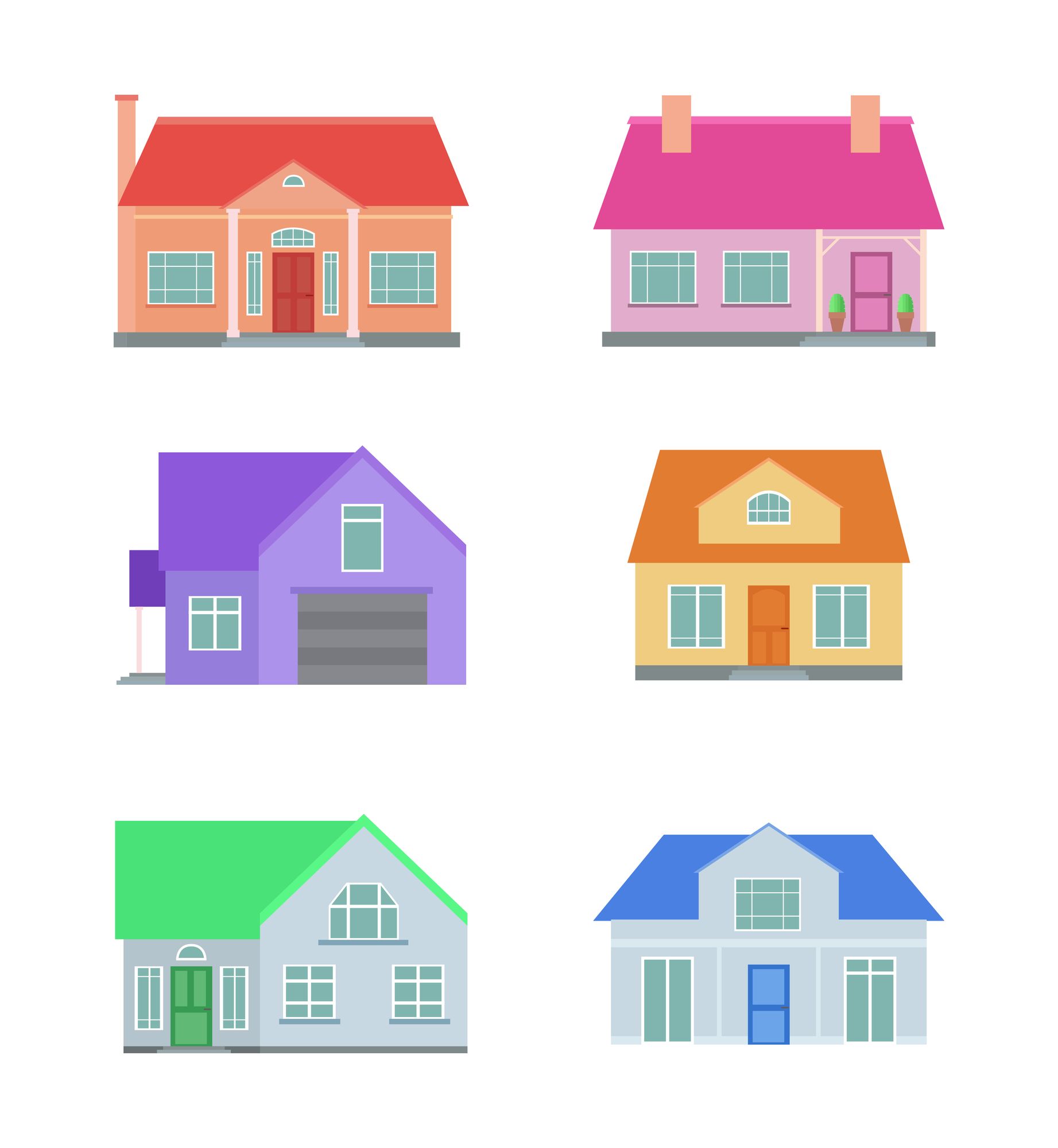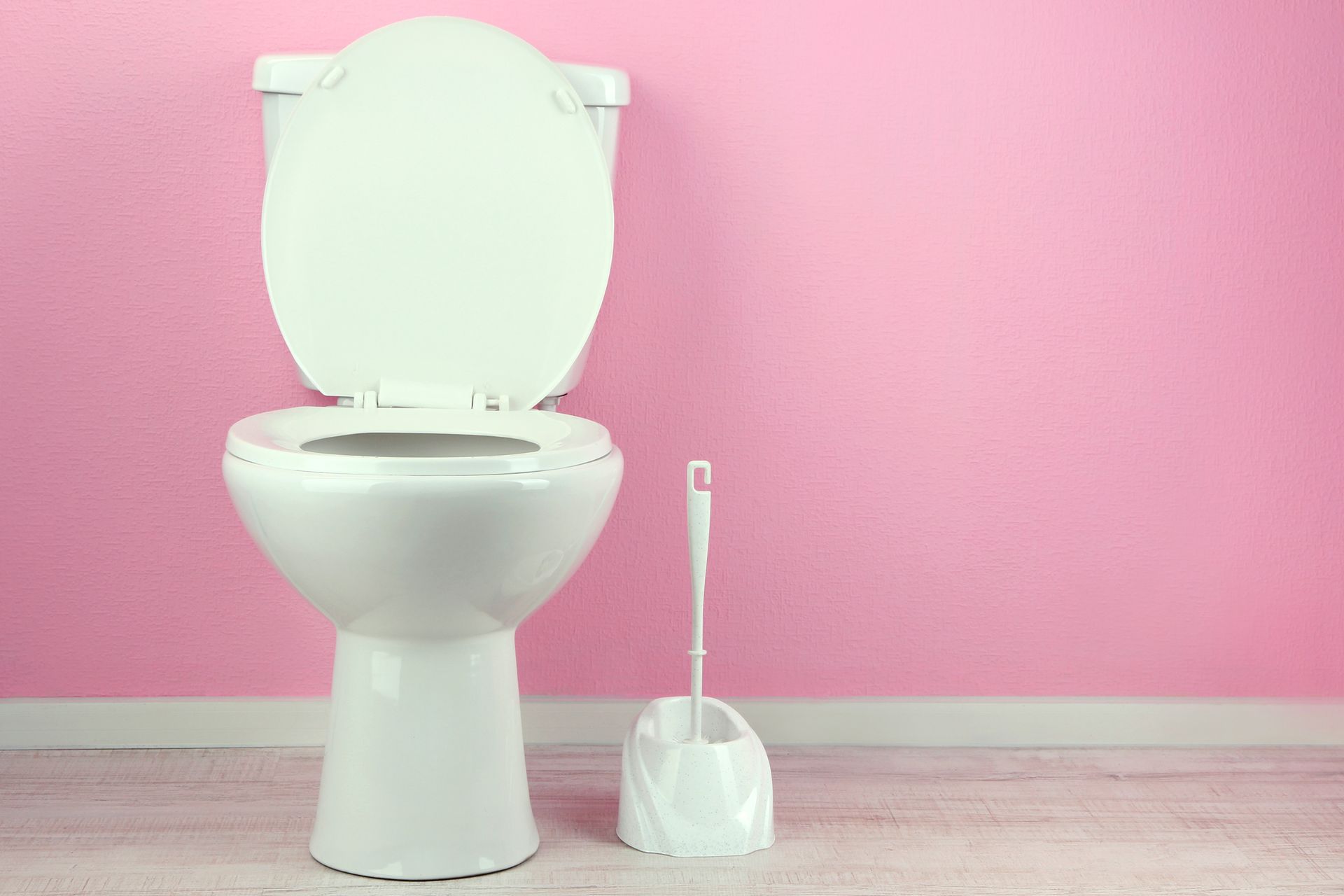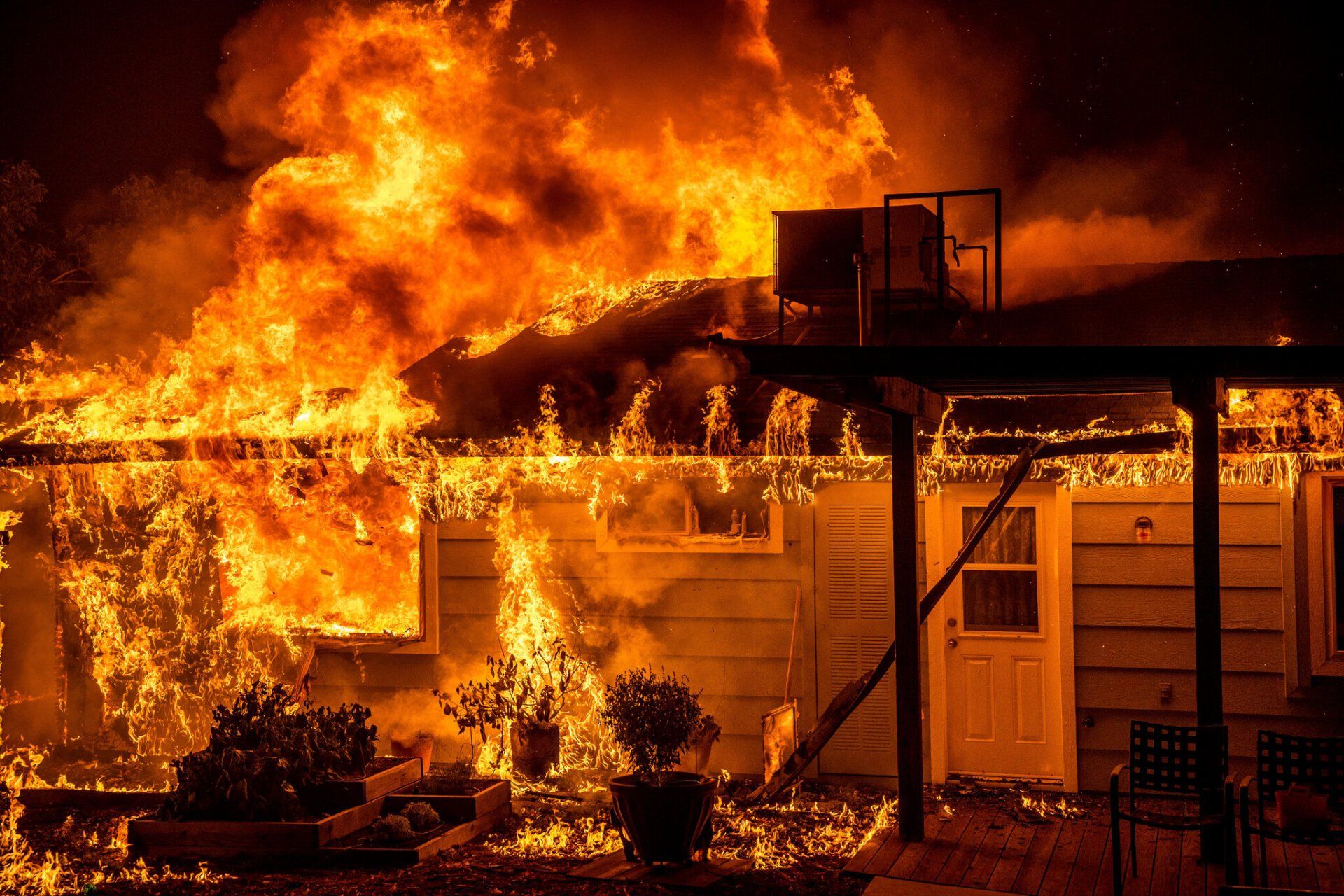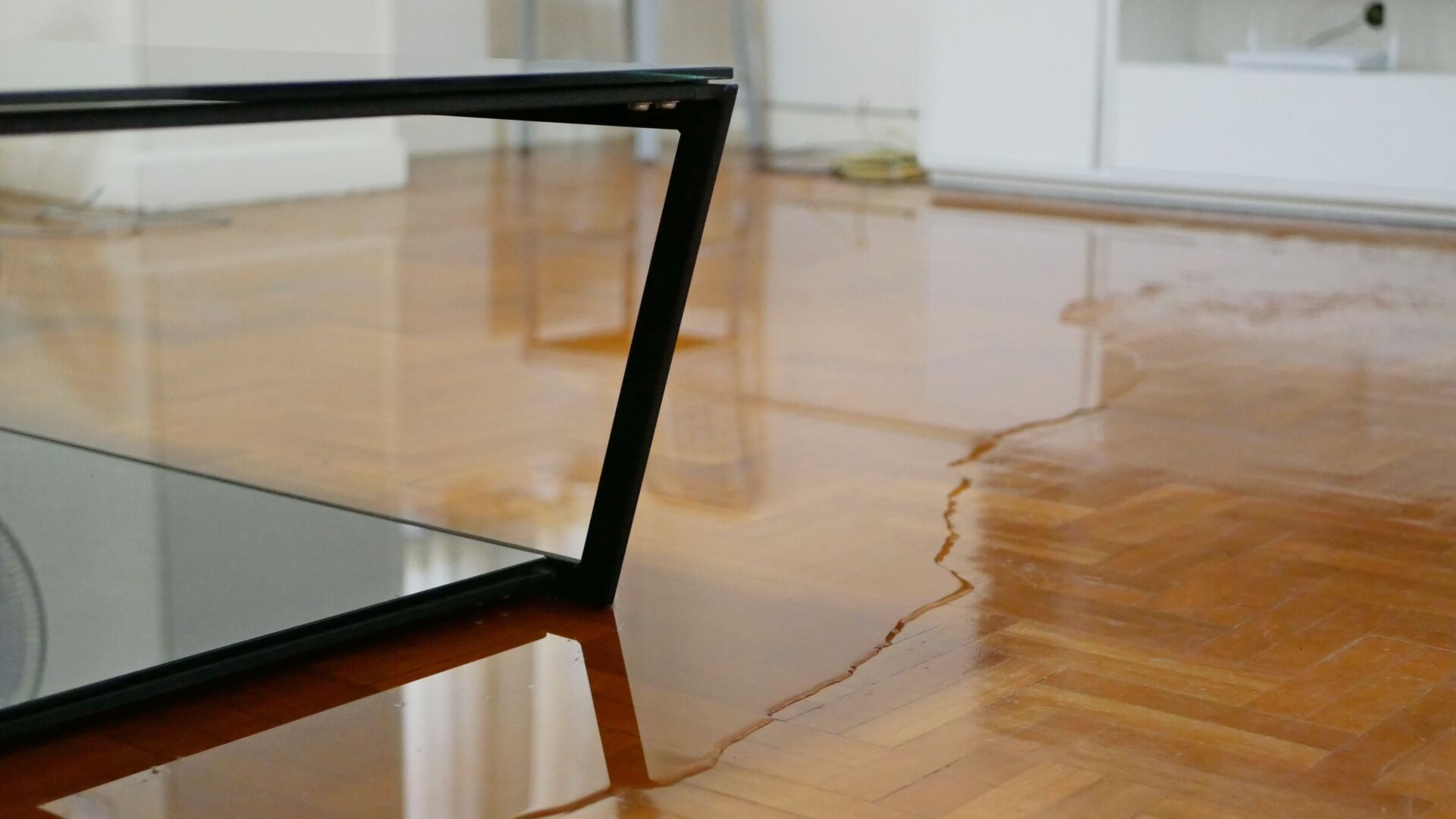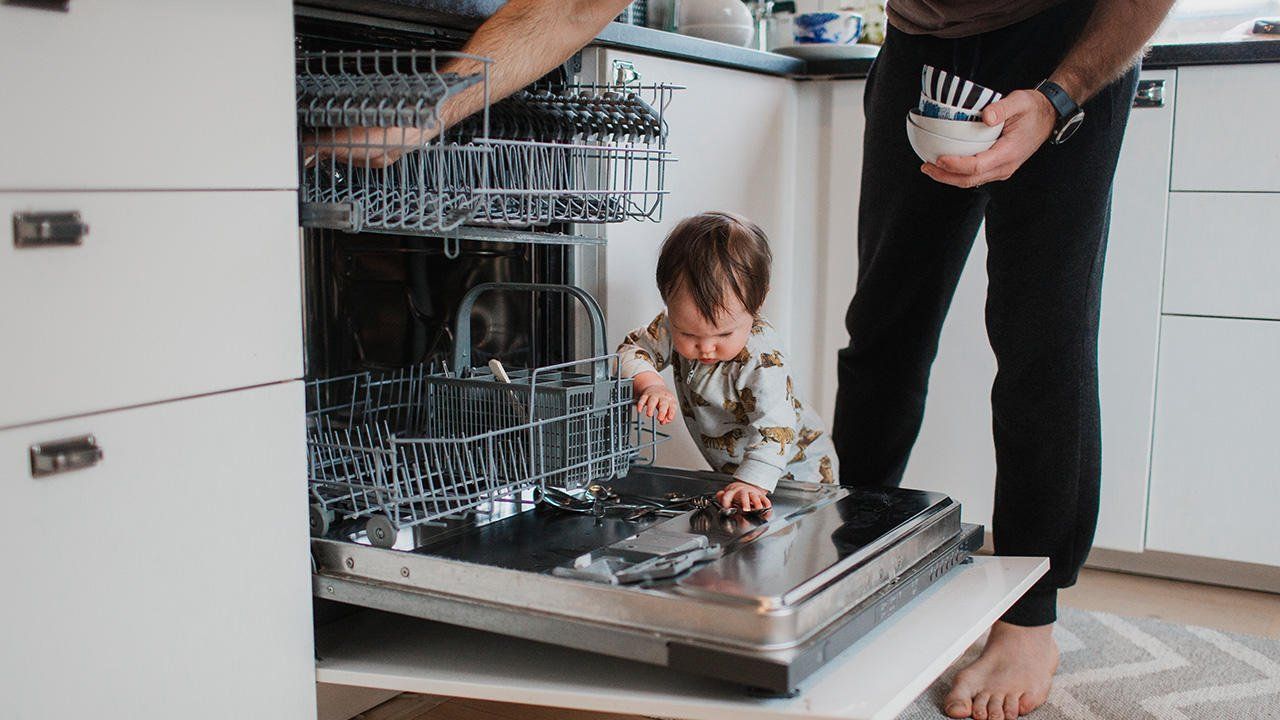How to Protect Yourself from Bloodborne Pathogens
How to Protect Yourself from Bloodborne Pathogens
-Bentonville, AR

Bloodborne pathogens are extremely dangerous to your health. Viruses and bacteria can travel quickly through blood and other bodily fluids, causing a variety of diseases. Fortunately, there are precautions you may take to reduce your risk of developing illnesses including hepatitis B, hepatitis C, and HIV.
How Are People Exposed to Bloodborne Pathogens?
Exposure to bloodborne pathogens can happen in a variety of ways, all of which are potentially hazardous to your health. The following are common ways in which people are exposed:
- Exposure to infected blood. During direct contact, infected blood or bodily fluid can transmit infection from one person to another.
- Contamination of the blood. When a person comes into contact with infectious blood or bodily fluids, this occurs. This can occur when picking up a blood-splattered object, cleaning an area where blood or bodily fluids are present, or handling blood incorrectly.
- Droplets of respiratory fluid are transmitted. This happens when a person inhales droplets from an infected person while sneezing, coughing, or doing another related function.
- Disease transmission through vectors. When a person is infected by an indirect source or carrier, such as an insect bite, this occurs.
Preventing Bloodborne Pathogen Exposure
Simple actions can help reduce your risk of contracting bloodborne diseases:
- Avoid contact with blood and body fluids whenever possible.
- Always wear disposable gloves when handling blood or bodily fluids.
- Place gloves in proper containers without touching the contaminated portion of the glove.
- Any cuts and scrapes should be covered.
- Use a CPR mask when performing mouth-to-mouth.
- Wash your hands before and after handling blood or body fluids, even if gloves were worn. Sanitizer should be used when cleaning with warm water and soap is not possible.
- Used needles should be disposed of in sharps containers.
Pathogens conveyed by blood are a major issue. By following the rules above, you can protect yourself from the unintentional transfer of bloodborne infections and other common pathogens.
For additional protection, contact Restoration 1 of Northwest Arkansas. By utilizing best practices and procedures published by industry leaders, our biohazard cleaning services help with risk reduction, infection control and prevention, and environmental improvement. Contact us today to see how we can help you reduce bloodborne pathogen exposure.
